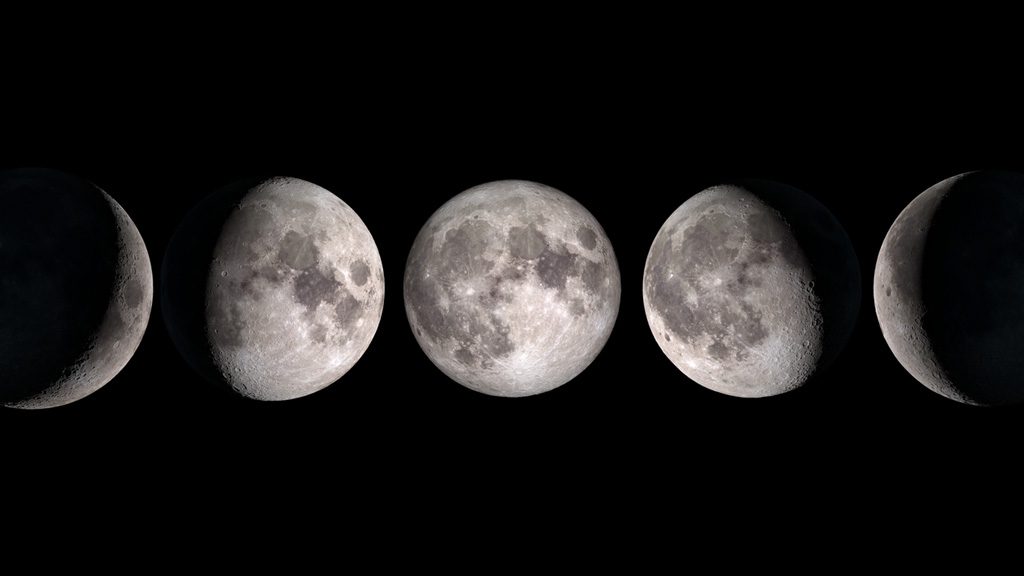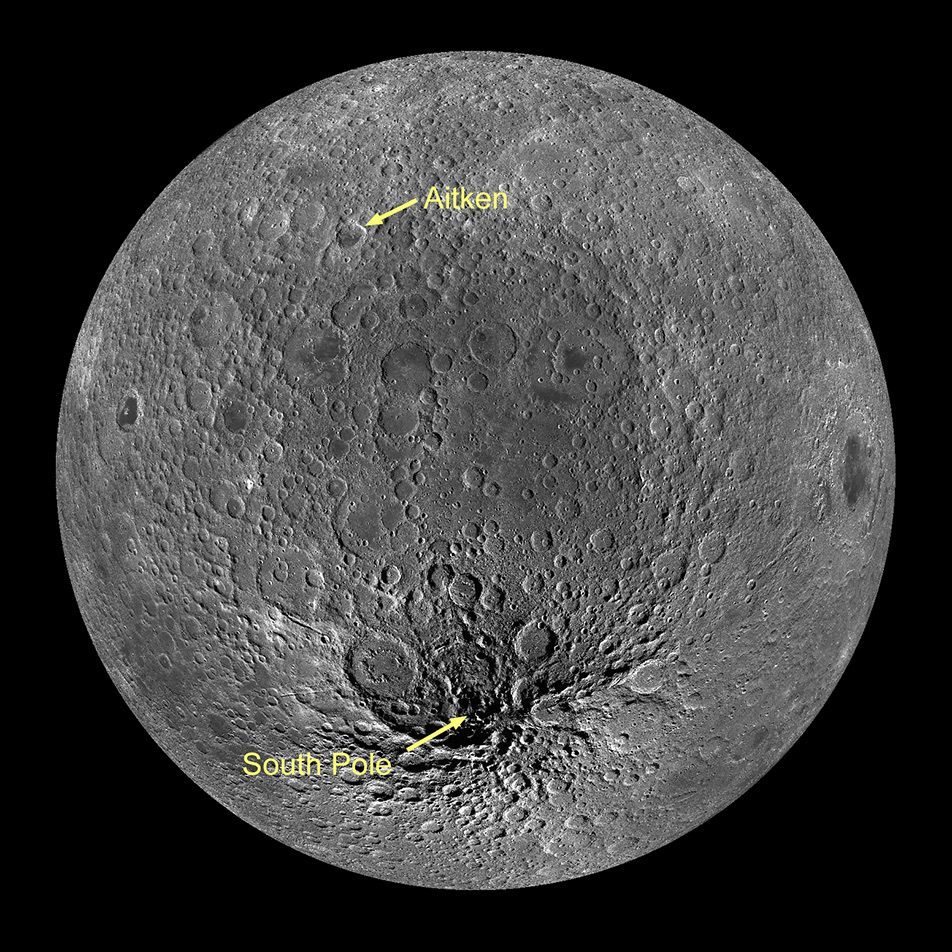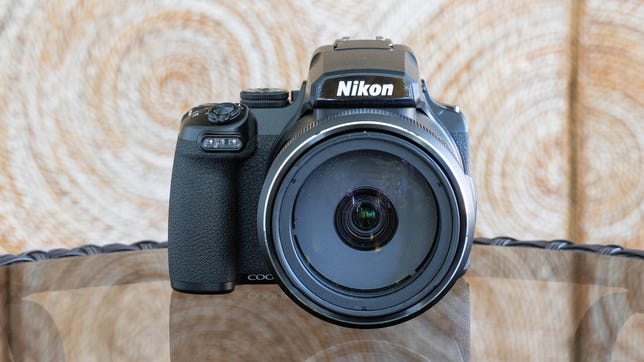What Time Is It on the Moon?
Why NASA Wants a Lunar Time Zone Ever wondered what time it is on the Moon? With lunar missions ramping up, this question is no longer just sci-fi curiosity. The U.S. government is pushing forward a bold plan to create a Coordinated Lunar Time (LTC)—a critical step in managing future moon missions and potential colonization. … Read more









